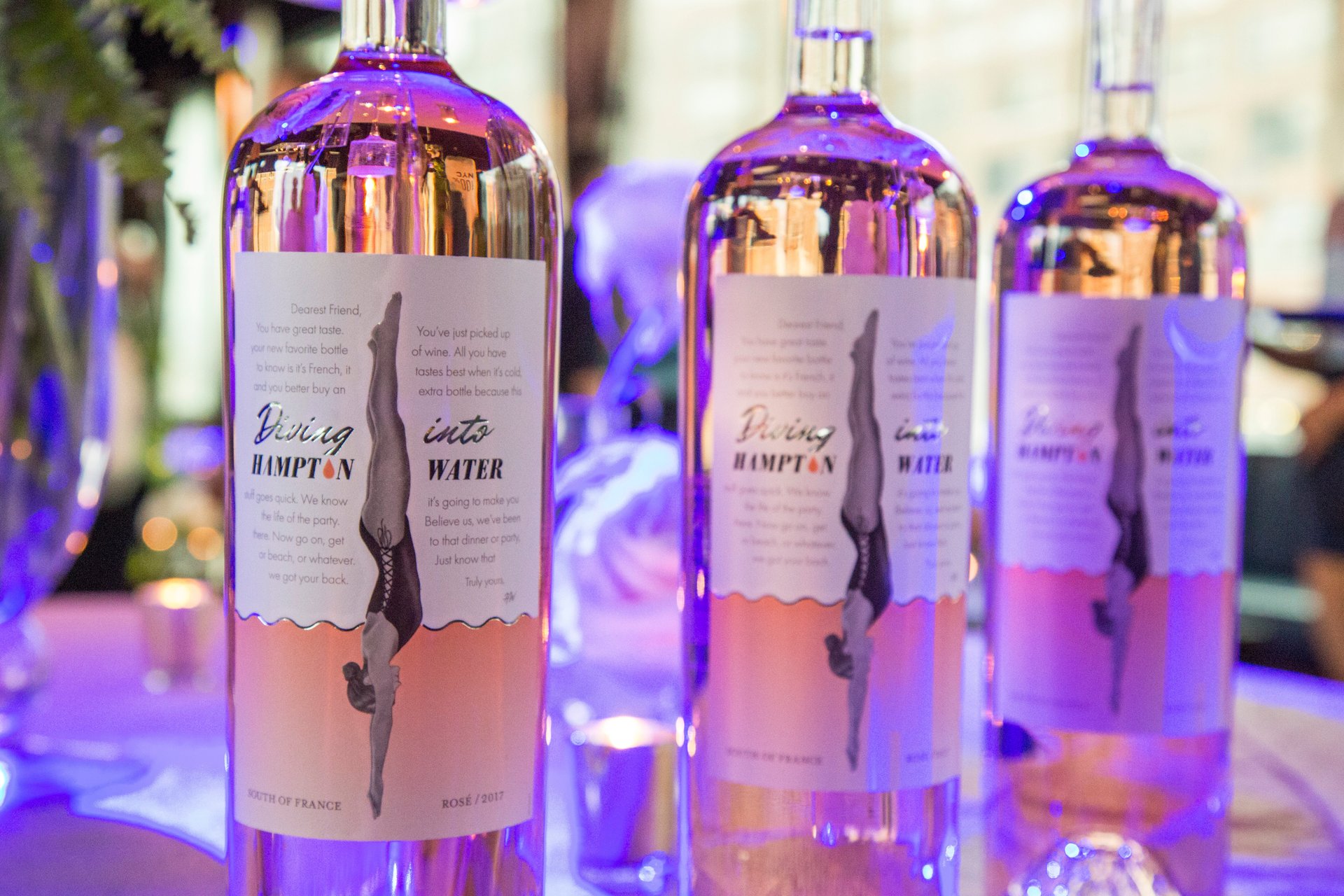Rosé is still the drink of the summer, and no, it’s not going anywhere
Rosé undeniably took first place for last year’s drink of the summer. With Instagram-ready varieties like White Girl rosé to several high-end options, wine-watchers marveled at the pink drink’s unlikely rise from tacky to chic. The Hamptons even gave the beverage its stamp of approval by setting up a drive-thru rosé stand—there were rosé gardens, rosé perfumes, even a short-lived musical genre called roséwavé.


Rosé undeniably took first place for last year’s drink of the summer. With Instagram-ready varieties like White Girl rosé to several high-end options, wine-watchers marveled at the pink drink’s unlikely rise from tacky to chic. The Hamptons even gave the beverage its stamp of approval by setting up a drive-thru rosé stand—there were rosé gardens, rosé perfumes, even a short-lived musical genre called roséwavé.
And then there are rosé sales, which began to boom in 2014 and have continued to tick up this past year. Sales have been so robust that rosé has officially kicked sparkling wine out of the top spot. Indeed, according to market research provider Euromonitor, the category that includes Champagne and other sparkling wines (non-genuine champagne, as well as cavas, lambruscos, etc.) was overtaken by rosé as the wine subcategory with the most sales in 2017.
The “king of the summer”
Dan Q. Dao, a bartender and award-winning spirits writer, notes that it’s unlikely anything is poised to “topple the king of summer—especially as rosé producers continue to innovate with more budget-friendly-but-still-delicious options, Instagrammable packaging, canned rosé etc.”
Celebrities are also on the rosé train: Bon Jovi recently launched Hampton Water rosé with his son Jesse Bongiovi, who said at its NYC launch party this week that the beachy, budget-friendly brand was inspired by his family trips to the Hamptons and St.Barts when he was younger—rather than a good team of market researchers. Brangelina own the well-reviewed Miraval rosé, which they continue to produce at their French winery despite their separation. And let’s not forget Rick Ross’s bubbly rosé brand Luc Belaire.
Dao adds that a few other wine sectors have some potential: “Spain’s sparkling wine cava has been making a push into the US; pre-batched and bottled cocktails are a thing.” Alexander Esposito, a Euromonitor research analyst, echoes Dao’s observation about bubbly, noting that it is by far “the fastest growing category within wine… Cavas, Proseccos and crémants are doing very well but so are their expensive brethren; Champagnes.”
Interestingly, Catherine Krol, another research analyst at Euromonitor, names Mezcal as a spirit category that has exploded internationally: “Mezcal is a spirit that has surprised many in its ascent…the tequila and mezcal category achieved 8% volume growth in 2017,” she explains, adding that while tequila has seen success in the US for years, as recently as ten years ago mezcal was mostly produced and consumed in Oaxaca. That said, it’s worth noting that rosé alone has overtaken the entire spirits industry in terms of sales growth for the second year in a row.
Are we destined for a rosé-soaked future?
For the time being, it seems that nothing can stop rosé. But if you hate the stuff, there are alternatives.
Jonathan Kemp, manager and buyer of Vine Wine—an ahead-of-the-curve Williamsburg wine store—says that orange wine is a great alternative to rosé, and that in-store sales of the versatile drink have picked up. He also names pét-nat—a kind of sparkling wine that predates champagne—as a less expensive alternative to good quality bubbly. Kemp also notes that lighter reds that you can chill down, like gamays, are also a popular summer alternative to rosé.
And when it comes to blue-chip wines, there’s simply no place for rosé. Tom Gearing, the managing director of Cult Wines Asset Management—one of the world’s leading wine investment firms—says that this year wine investors are parking cash with favorites like Bordeaux and Burgundy, as well as top Italian wines, and vintage champagnes.
Indeed, it doesn’t seem like rosé will be going anywhere soon. Esposito says that the wine’s typical demographic, “which thus far has been heavily female and heavily summer-based,” is broadening, as more Americans begin recognizing it as worth drinking “in its own right with less regard to seasonality.”
Kemp agrees that the trend holds at a local level: “The nice thing about rosé is that a lot of time the wines aren’t super complicated,” he says. And, lets be honest, who wants complicated in the summertime?
This story has been updated to include comments from Euromonitor analysts.